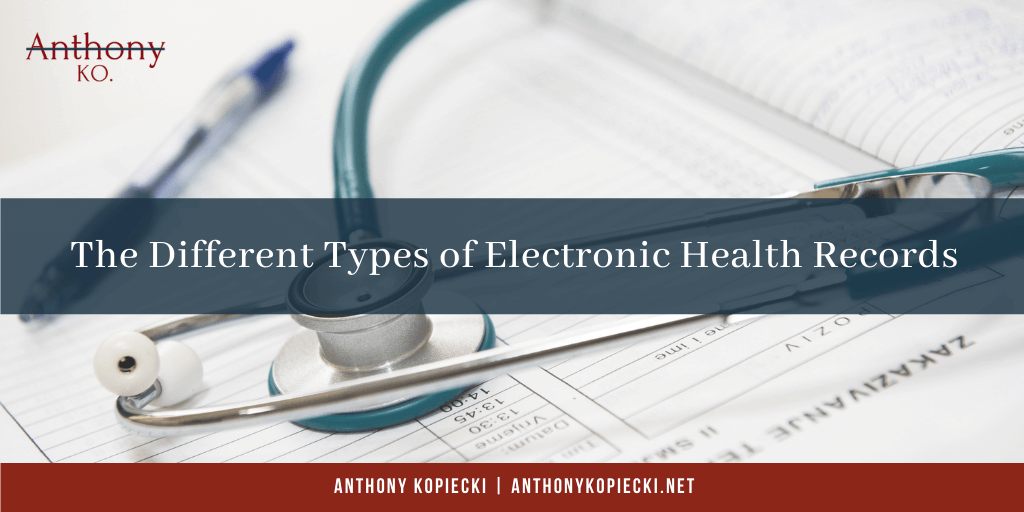Health Information Systems is often confusing because of the two similar terms – EHR and EMR. In healthcare, it is essential to have a clear understanding of these terms.
EHR stands for Electronic Health Record, and it is typically more recognizable with its outdated black screen interface that was standard earlier. Meanwhile, EMR can be recognized with its modern white screen interface that has become the standard for most hospitals today.
What is an Electronic Medical Record (EMR)?
An Electronic Medical Record (EMR) is a computerized database of patient medical records maintained, accessed, and updated electronically. It combines the information from various sources such as laboratory results, radiology reports, imaging studies, and clinical notes.
The Electronic Medical Record (EMR) has replaced the traditional paper-based medical record. The Electronic Medical Record supports all aspects of patient care by electronically connecting patients with their doctors and other healthcare providers to enable faster and more efficient outcomes.
States have varying requirements for what constitutes an EMR, but it typically includes digital records for each patient indexed by relevant medical specialty or disease area. Many hospitals are now moving towards electronic medical systems to take advantage of the increased efficiency compared to using paper-based systems, which take up a lot of space and are time-consuming.
What is an Electronic Health Record (EHR)?
Electronic health records are increasingly becoming a necessity for patients and health care providers. While they have the advantage of speed and efficiency, they also come with their own set of risks.
Electronic health records have been around since the early 1980s. They are digital, computerized medical information systems that record a patient’s medical history to improve treatment and care from doctors and hospitals.
As healthcare costs rise, electronic health records remain essential for providing good healthcare for patients and practitioners alike.
Both Electronic Medical Record (EMR) and Electronic Health Record (EHR) systems serve a similar purpose — providing easier access to patient health information and data gathering tools. However, it’s a mistake to use them interchangeably. While they both serve a similar purpose, there are differences in how each system provides the user experience, manages documentation, and offers security.

